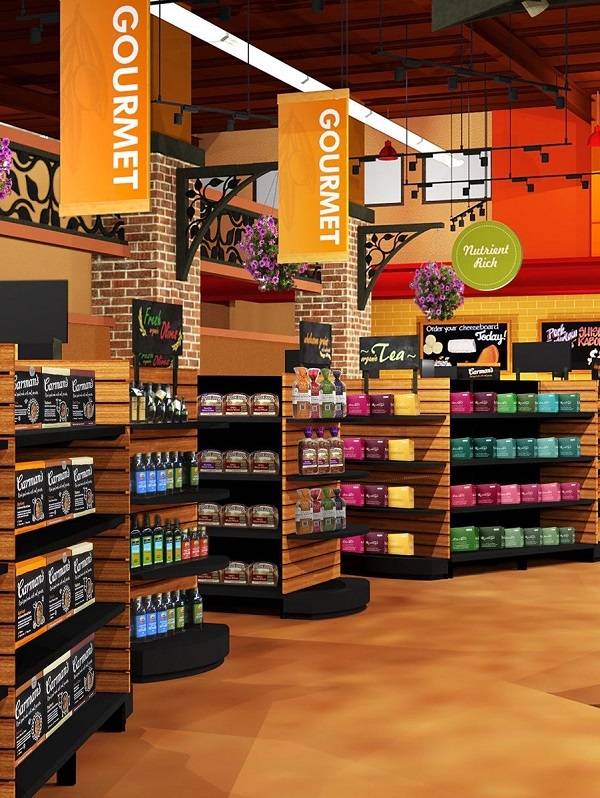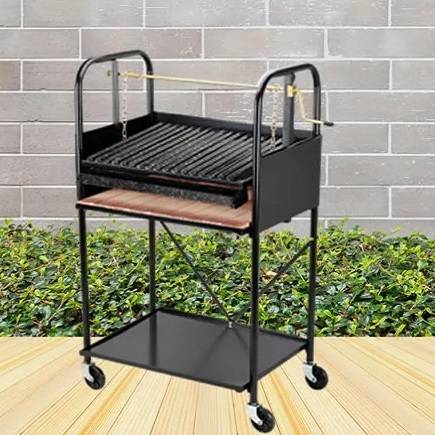- CatalogTop
Full catalog list - Food & BeveragePopular
Popular packed food and beverages
- Beauty & Self Care
Beauty and personal self-care products - Home & Garden
Home and garden supplies and accessories - Board Games
Most popular board games from Latin America - BrandsAll brands
Full list of all brands in the store. Browse all brands - IndustriesNew!
Filter products by desired business category - Services
See all services - See All Products
See full list of all products - Companies
Companies list
EvoLatam: Sourcing in Mexico vs Sourcing in China: Why is Mexico The Next Major Sourcing Destination?

Let’s face it – when we talk about sourcing, we think about China. So why are we suddenly looking at Mexico?
It’s no secret that we’ve all had a rough couple of years in business – covid really did us in. Some of us may have thought that all the supply chain backlogs and other issues will be straightened out as soon as everything normalizes, but there is an underlying truth that has surfaced like a wake-up call amidst this pandemic: sourcing from China has become so riddled with flaws that the smartest move to make now is to look at other sourcing options.
If there’s one thing directly affected by sourcing issues, it’s your inventory – and if there’s one person you want to talk about inventory with – it’s Chelsea Cohen. Chelsea is the co-founder of SoStocked – an inventory management software designed for Amazon sellers. She joins Ryan Cramer in the Crossover Commerce podcast to talk about Mexico as the next China, as far as sourcing for inventory goes (you can watch Ryan and Chelsea’s conversation here).
What difficulties are we going through now in sourcing with China? Chelsea breaks them down into the following:
– Ports and factories shutting down due to covid have resulted in longer lead times in shipping – from 60 to 120 days or more
– Market saturation led to shortages in cardboard, aluminum, plastic, and other raw materials in China
– The US-China trade war has caused tension in American-Chinese business relationships. We have witnessed boycotting of Chinese products by Americans, and vice versa
– China has implemented power curbing in their factories – restricting the number of days and hours that a factory can use power, causing more delays
This is where Mexico comes in. First and most obvious of all – Mexico’s proximity to the USA presents so many resolutions and advantages versus China. It’s easier to travel back and forth, lead time is more manageable, and being in almost the same time zone as Mexico makes communications easier.
Second – Mexico offers a range of products and alternative raw materials – textiles, ceramics, rubber, and more – in case of shortages from our usual sources.
Third – the USMCA (formerly known as NAFTA) implements free trade between the USA, Mexico, and Canada – which means no tariffs, unlike China.
Fourth – more affordable cost of labor, less culture shock, and other advantages – which Chelsea discusses in detail.
So – could Mexico be the next China? Chelsea definitely makes a convincing argument. Don’t miss Ryan and Chelsea’s conversation – watch it here: Why Mexico Could Be the Next China EP 235
© 2017 - 2024, Directoro.com, or its affiliates. Trademarks are the property of their respective owners.

